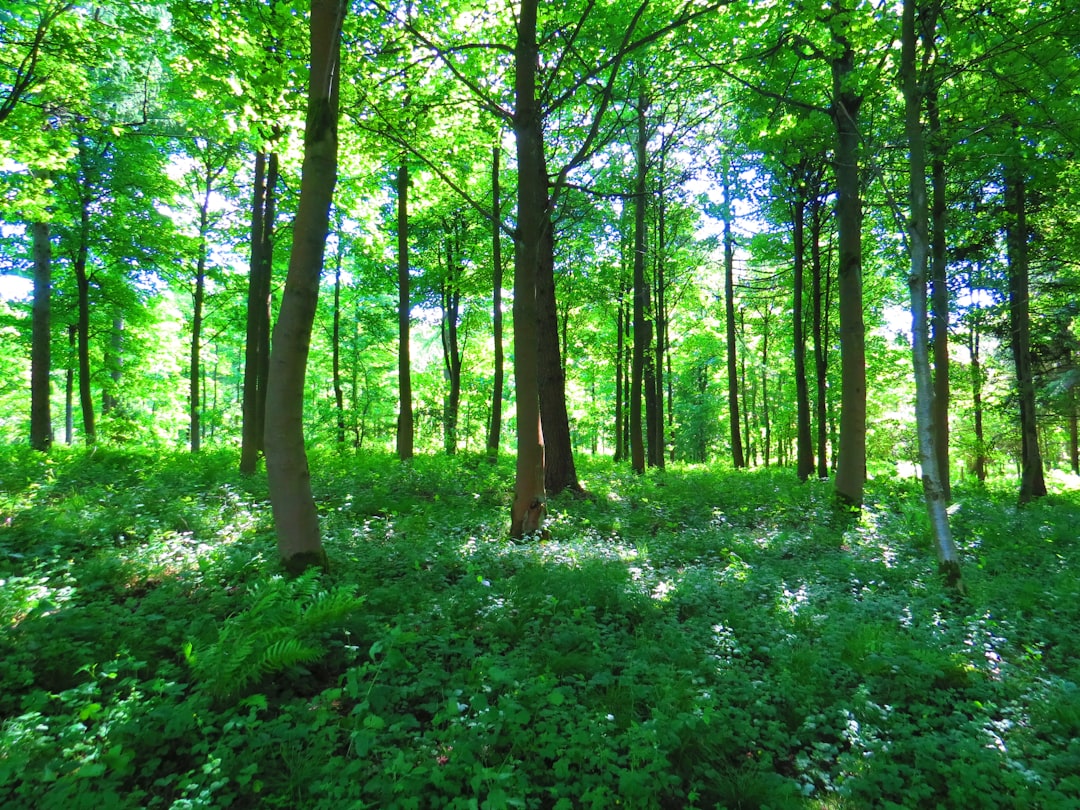What is it about?
Nanostructured and bio-active polysaccharide-based thin films were manufactured by means of subsequent deposition of a regenerated cellulose (RC) layer and a oxidised cellulose nanofibril (TOCN) layer. The bio-activity of the bilayer was achieved by addition of chitosan (CS). These polysaccharide-based thin films are high value-added products because of their multifunctionality, high water absorbance capacity, protein-repellence and antimicrobial activity, and have the potential for medical application as a wound dressing material.
Featured Image
Why is it important?
Performed research on the model ultra-thin nanostructured films based on cellulose is important to get insight into sorption properties of RC materials coated with TOCN and for understanding the deposition of chitosan on RC surfaces coated with TOCN as well as for a subsequent manufacturing of bio-active materials for wound treatments based on RC, TOCN and CS.
Perspectives
Owing to their protein-repellent and antibacterial properties, the polysaccharide multilayer thin films do have a very high potential to be applied as a wound dressing.
Mirjana Kostic
University of Belgrade, Faculty of Technology and Metallurgy
Read the Original
This page is a summary of: Novel protein-repellent and antimicrobial polysaccharide multilayer thin films, Holzforschung, October 2018, De Gruyter,
DOI: 10.1515/hf-2018-0094.
You can read the full text:
Contributors
The following have contributed to this page










